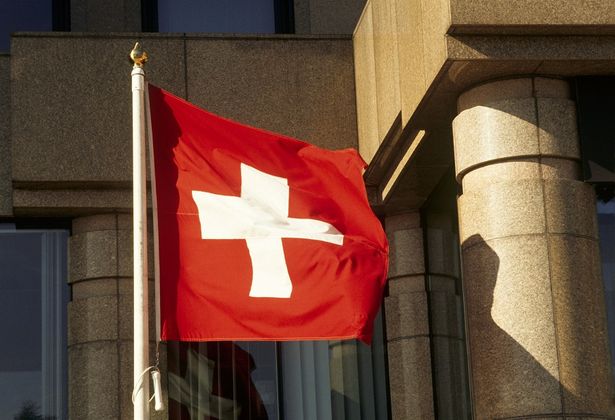
Switzerland has blocked 13 billion Swiss francs ($14.2 billion) of Russian assets held in the country. This includes more than 7 billion francs in reserves and assets of the Russian central bank.
In 2023, Switzerland took additional measures by freezing another 580 million francs in financial assets and private property.
These actions were the result of investigations and clarifications conducted by Swiss banks.
Currently, a total of 17 properties have been frozen, including luxury cars, works of art and furniture.
As of the end of 2023, the total amount of frozen private assets amounted to CHF 5.8 billion, which is CHF 7.24 billion less than in 2022. The central bank’s frozen assets remain at CHF 7.24 billion.
The head of SECO’s sanctions division believes that almost all Russian assets subject to freezing under the current legislation have already been identified. He expects that significant changes in this amount are unlikely.
I can hardly imagine that there will be any other major changes. Most of the blocked assets are immobilized for two years.
How many assets of the Russian Federation are frozen in Europe
After Russia’s invasion of Ukraine, the European Union froze the assets of the Bank of Russia located in the bloc, totaling more than 200 billion euros ($214 billion).
Currently, Russia cannot use this money or the interest earned on it.
Most of the frozen assets are located in Belgium. There are 180 billion euros blocked in the Belgian clearing house Euroclear.
Despite constant calls for the transfer of frozen Russian funds to Ukraine, a number of EU countries oppose the idea of full confiscation. According to the bloc’s plan, the profit from their placement will be used to help Kyiv.

